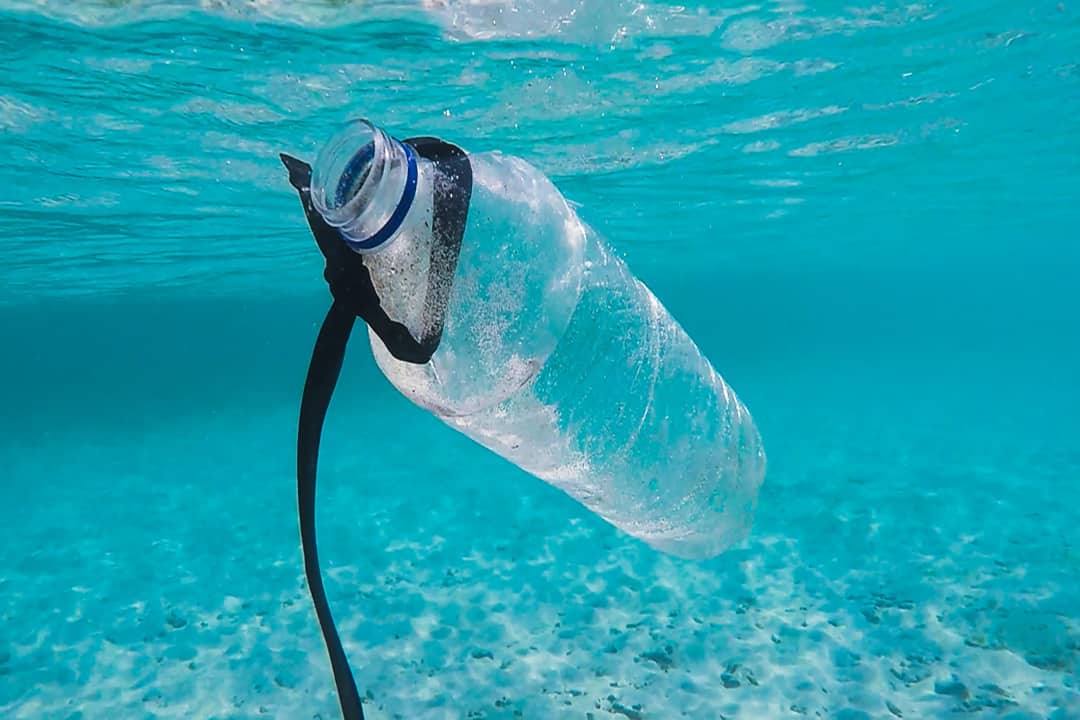Plastic pollution is a known ecological threat, but the scope of its impact is still largely a mystery. Macroplastics are undoubtedly responsible for many ecological effects. However, those of microplastics — pieces of plastic smaller than five millimetres in length — are much more complex.
A recent research review by Kennedy Bucci, Matthew Tulio, and Chelsea Rochman of U of T’s Department of Ecology & Evolutionary Biology analyzed the current literature concerning plastic pollution. Aiming to examine trends in detection of the effects of pollution and the environmental relevancy of lab experiments, they conclude that scientists may be approaching plastic pollution the wrong way.
“We suggest that it is time to ask more contextual questions and use more strategic experiments to begin to tease apart the complex effects of plastics on wildlife and ecosystem processes globally,” the co-authors wrote in the review.
What we know
Macroplastics, especially in marine environments, are the most obvious form of plastic pollution, and are where research on plastic pollution originally started, as Bucci explained in an interview with The Varsity.
As a result of this extended period of research on macroplastic pollution in marine ecosystems, there is subsequently a disproportionately large number of studies focusing on macroplastic pollution in marine ecosystems. Only recently have scientists began to examine the effects of macroplastics in freshwater and terrestrial environments.
In comparison to those of macroplastics, the effects of microplastic are much more subtle. The study of these effects is a relatively new field, which has gained a lot of recent attention due to our increased understanding of their prevalence and possible impacts on ecosystems.
It is difficult to study microplastics in field experiments and determine their effects. Of the lab experiments included in the meta-analysis, approximately half of them could not detect the effect they were testing for, and there is still no consensus on the impacts of microplastics, as the authors noted.
The co-authors recommend that researchers treat microplastics as a group of contaminants with many variations, rather than as a single class. By conducting more strategic investigations, they can gain a better understanding of the individual factors involved and how they contribute to the effects of microplastics.
Another important consideration is the ecological relevance of an experiment and how it relates to the natural world. Problems can arise when experiments fail to do so. For example, many laboratory experiments involving microplastics use concentrations that are not found in the natural world. The co-authors suggest that future researchers increase the number of field experiments and the use mesocosms — enclosed experimental ecosystems — to help predict future effects.
Finally, an overwhelming majority of studies are done in marine environments. With this imbalance in mind, the co-authors encourage researchers to apply what they have learned from marine environments and explore ecological effects in freshwater and terrestrial environments as well.
Impact of findings
Not only does this article present findings that can influence the way that scientists conduct future research on plastic pollution, but it also can serve as an important source for policymakers as well. The co-authors believe that the unbiased and meticulous nature of the article makes it an appealing reference, especially when considering that in recent years, science has been a major influence on the creation of new policies.
In the opinion of Alice (Xia) Zhu, a PhD student at the Rochman Lab involved in research-based policy, “Science should influence policy because we’re the ones who can communicate it the best.”
Zhu recalled that her own research has had an impact on policy. Dealing with plastic pollution in the San Francisco Bay and other urban bays in California, Zhu’s work has been involved with a legislative effort to ban styrofoam statewide.
“Plastic can seem like a big problem,” she said. “But if we all work together, we can make a big difference, especially right here in our community.”


